
Teaching woodworking from 50 years of experience, with tools you can afford
Our Community:
55k
Subscribers
52K
Followers
46k
Followers
As seen on:





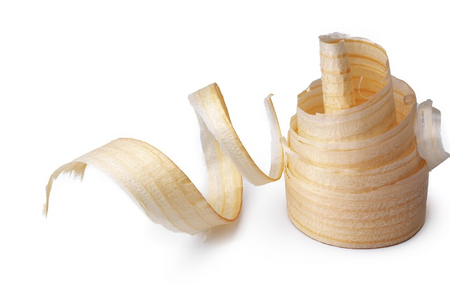
Best-Sellers
-
SharpMate - Chisel Sharpening Jig
Regular price From $119.00Regular priceUnit price / per -
Ergonomic Glue Remover
Regular price From $47.90Regular priceUnit price / per -
 Sold out
Sold out -
 Sold out
Sold outCalibrated Setup Bars
Regular price $69.90Regular priceUnit price / per -
Radius & Chamfer Plane
Regular price $44.90Regular priceUnit price / per -
Sawinery P1 Aluminum Pocket Hole Jig
Regular price $99.00Regular priceUnit price / per -
Bench Dog Clamp - 2 PCS
Regular price $49.90Regular priceUnit price / per -
Sawinery D1 Dovetail Jig
Regular price From $99.00Regular priceUnit price / per -
Bench Dog Toggle Holdfast
Regular price $39.99Regular priceUnit price / per
Woodworking Clamps
-
 Sold out
Sold outUltimate Clamps Set
Regular price $299.00Regular priceUnit price / per -
F-Frame Clamp
Regular price From $9.90Regular priceUnit price / per -
Benchtop Corner Clamp
Regular price $19.99Regular priceUnit price / per -
Bench Dog Toggle Holdfast
Regular price $39.99Regular priceUnit price / per -
Bench Dog Clamp - 2 PCS (Small)
Regular price $34.99Regular priceUnit price / per -
Bench Dog Clamp - 2 PCS
Regular price $49.90Regular priceUnit price / per


Drills & Drilling
-
Brad Point Drill Bits
Regular price $14.90Regular priceUnit price / per -
 Sold out
Sold outCountersink Drill Bit Set
Regular price $29.90Regular priceUnit price / per -
Square Driver Bit (6 in. | 150 mm)
Regular price $9.90Regular priceUnit price / per

Measurement & Layout Tools
-
24" T-Square
Regular price $49.90Regular priceUnit price / per -
 Sold out
Sold out -
 Sold out
Sold outCalibrated Setup Bars
Regular price $69.90Regular priceUnit price / per -
Digital Angle Finder
Regular price $24.90Regular priceUnit price / per -
Digital Caliper
Regular price $19.90Regular priceUnit price / per -
Digital Cube Level (Angle Gauge)
Regular price $29.90Regular priceUnit price / per -
 Sold out
Sold out -
Speed Square 12"
Regular price $19.90Regular priceUnit price / per -
Triangle Pocket Square
Regular price $14.90Regular priceUnit price / per
-

Satisfaction guarantee
Enjoy easy & hassle-free returns with our customer satisfaction guarantee.
-

50 years of experience
All of our products are designed by woodworkers with 50 years of experience, for woodworkers.
-

Any question?
Our customer service team is here to help you with all your woodworking needs.
-

Free shipping over $49
Shipped from our warehouse in the US directly to your workshop.
Popular Guides
-

4 Feb 2025
Build A Workshop Under $1,000
-

28 Jan 2025
16 Table Saw Upgrades
-
25 Jan 2025
How to Tone Down Red in Wood
Let's make some sawdust together.
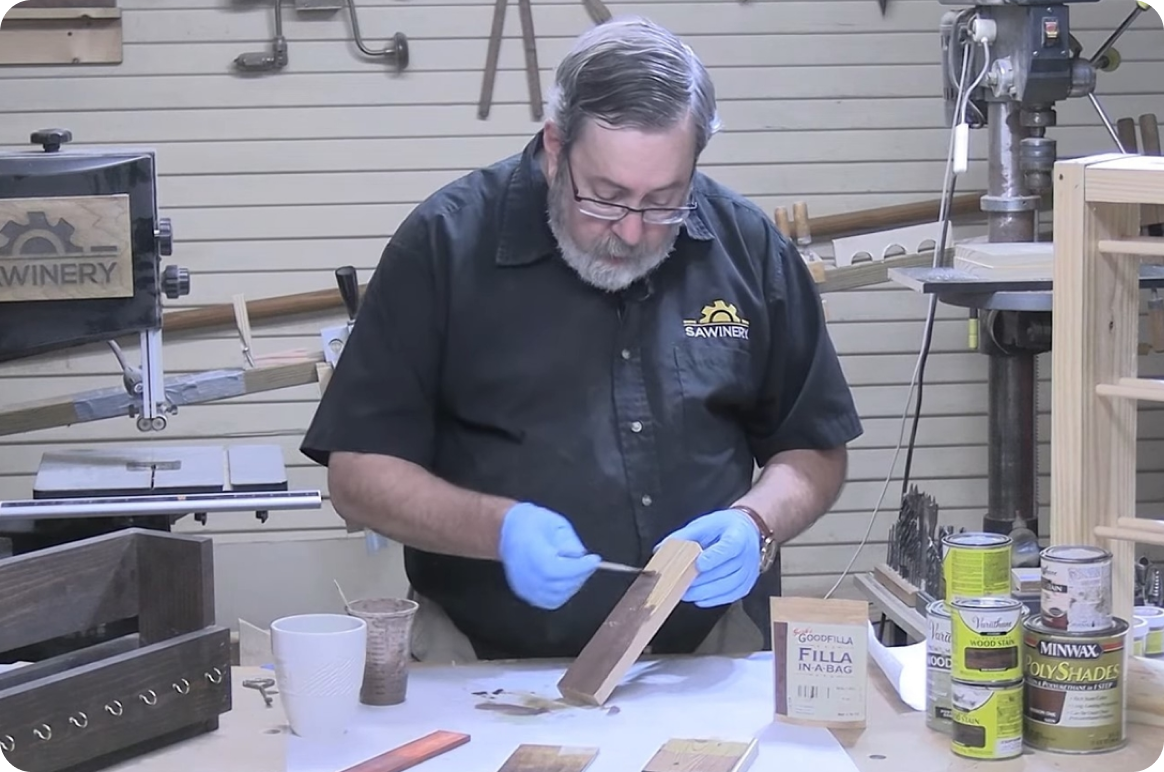
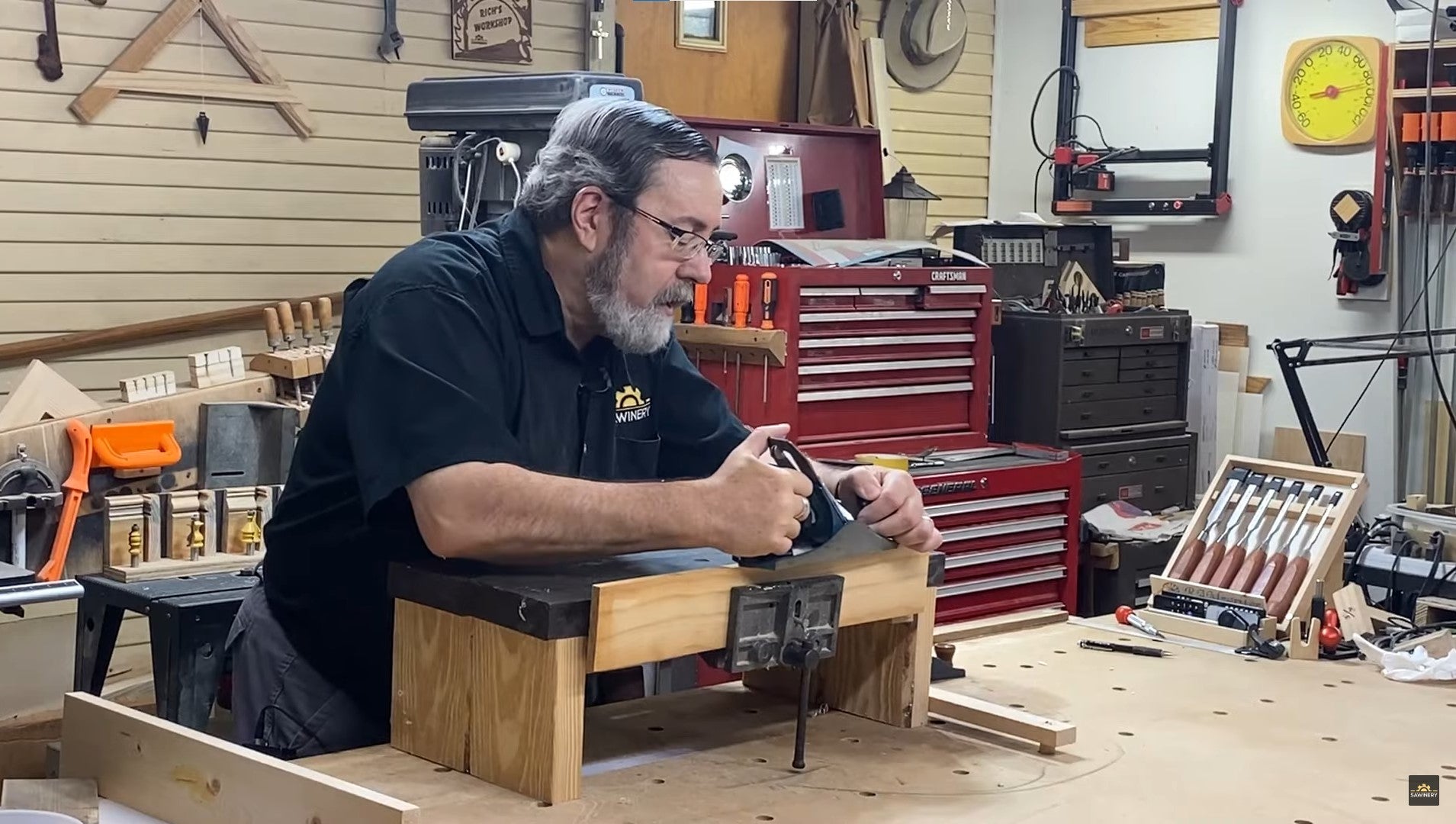
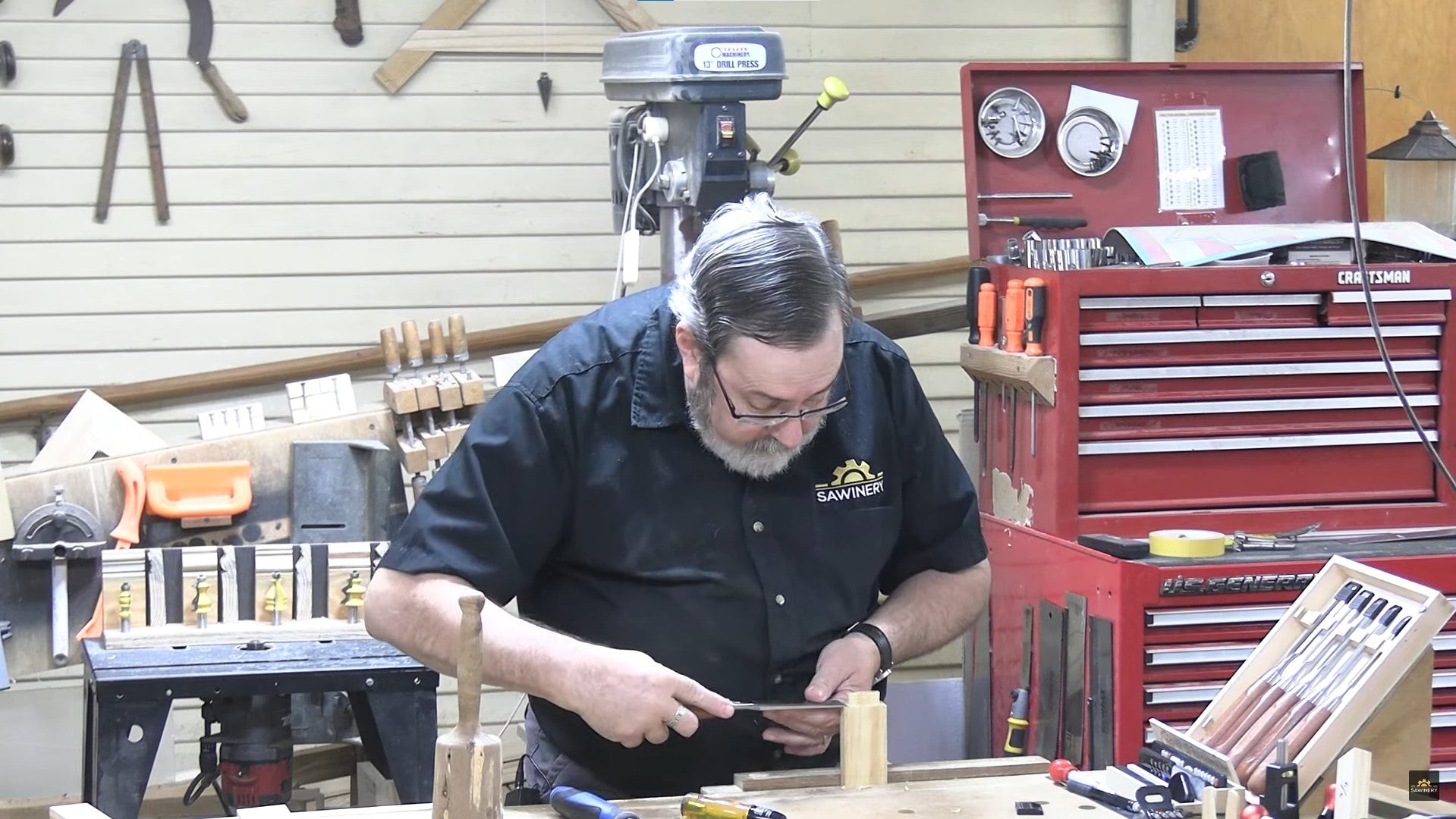
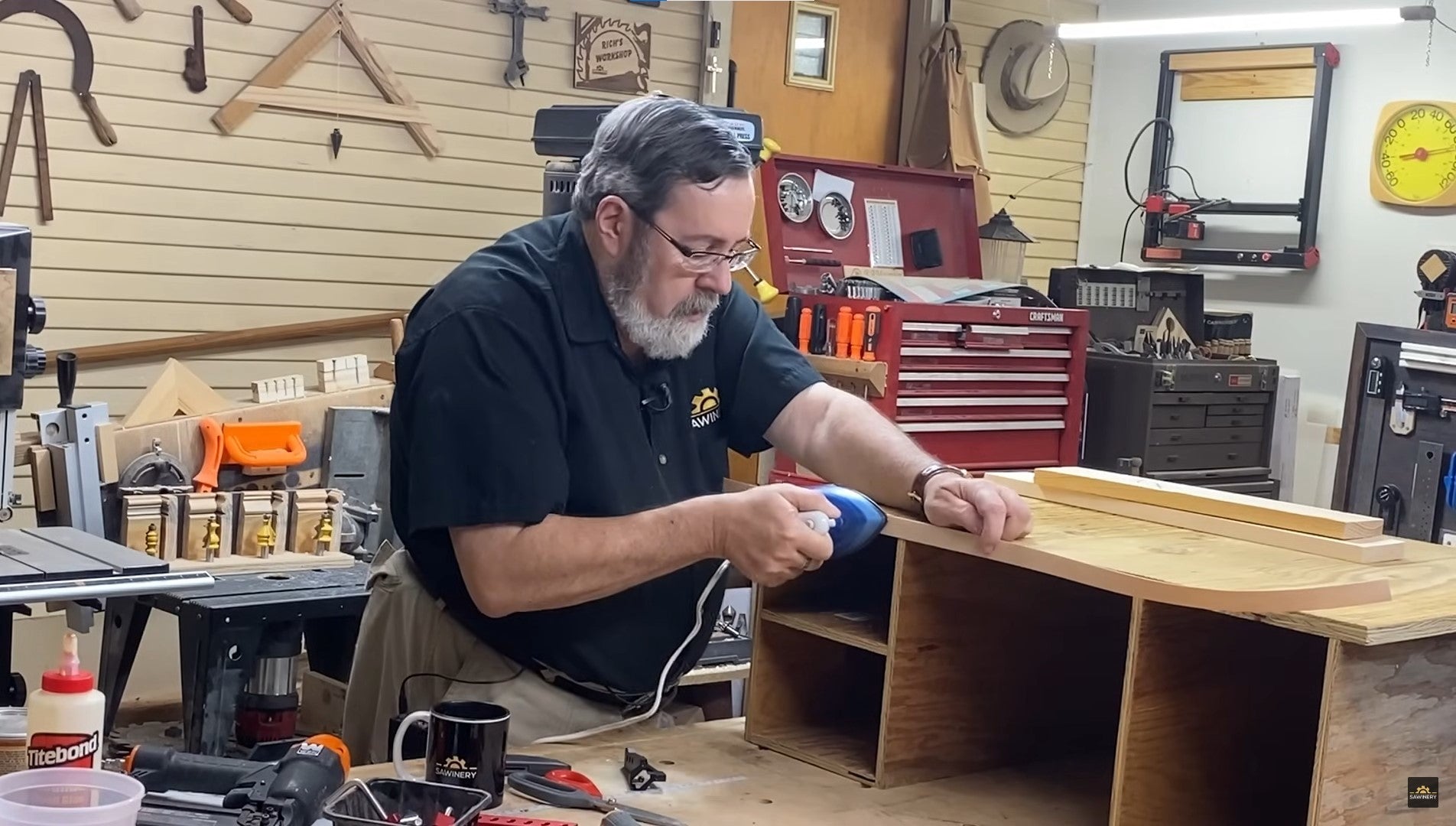
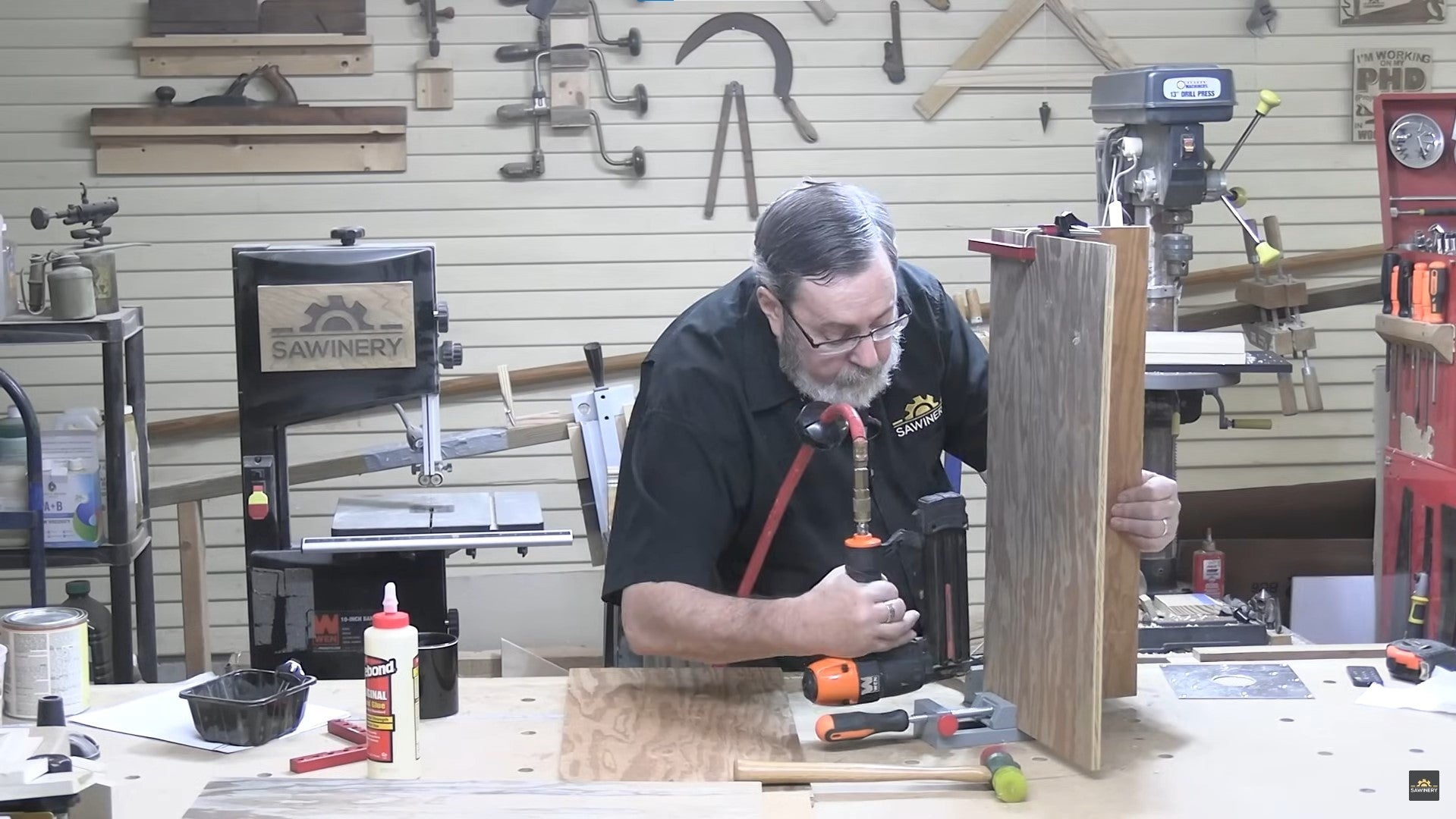
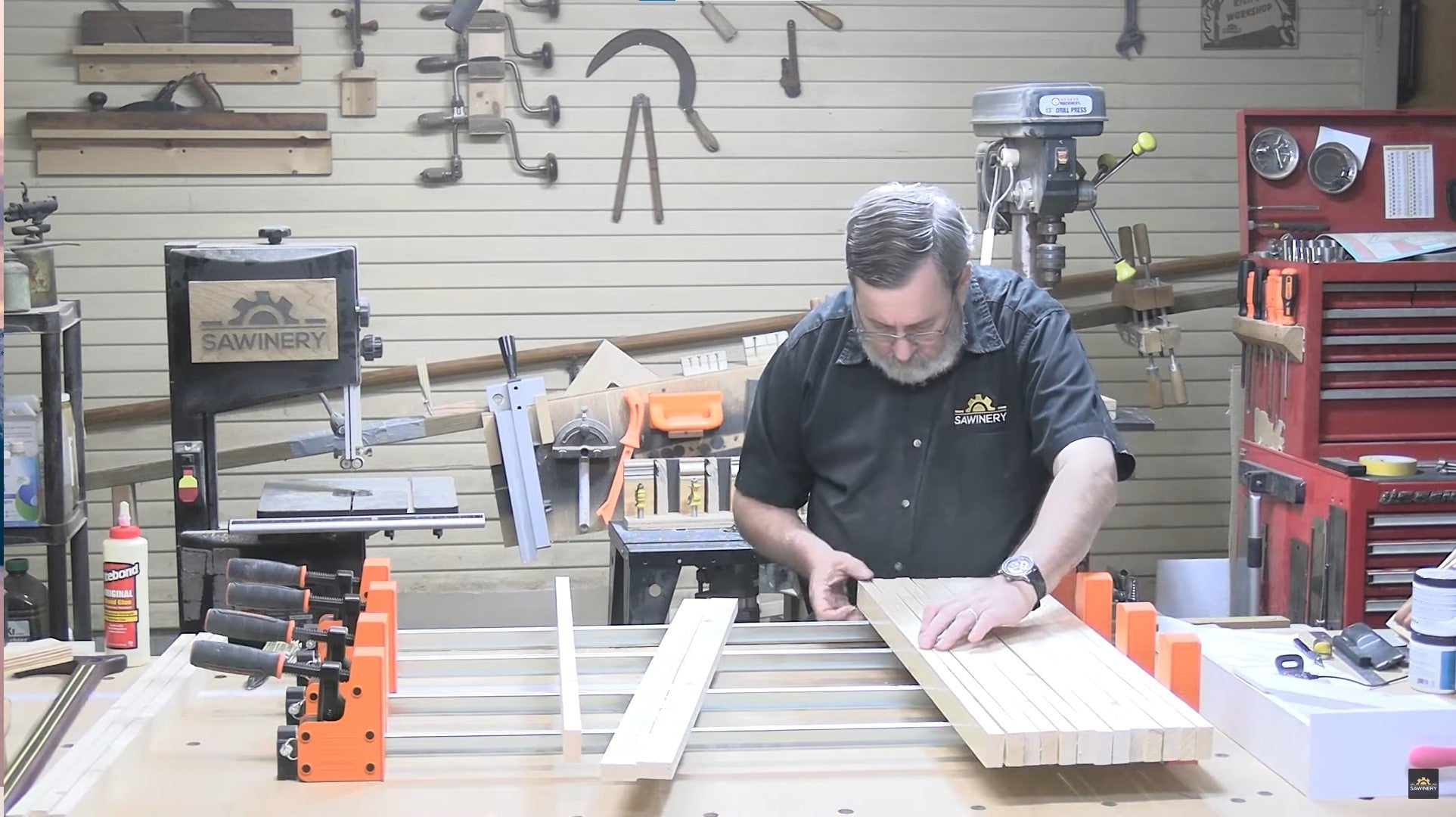
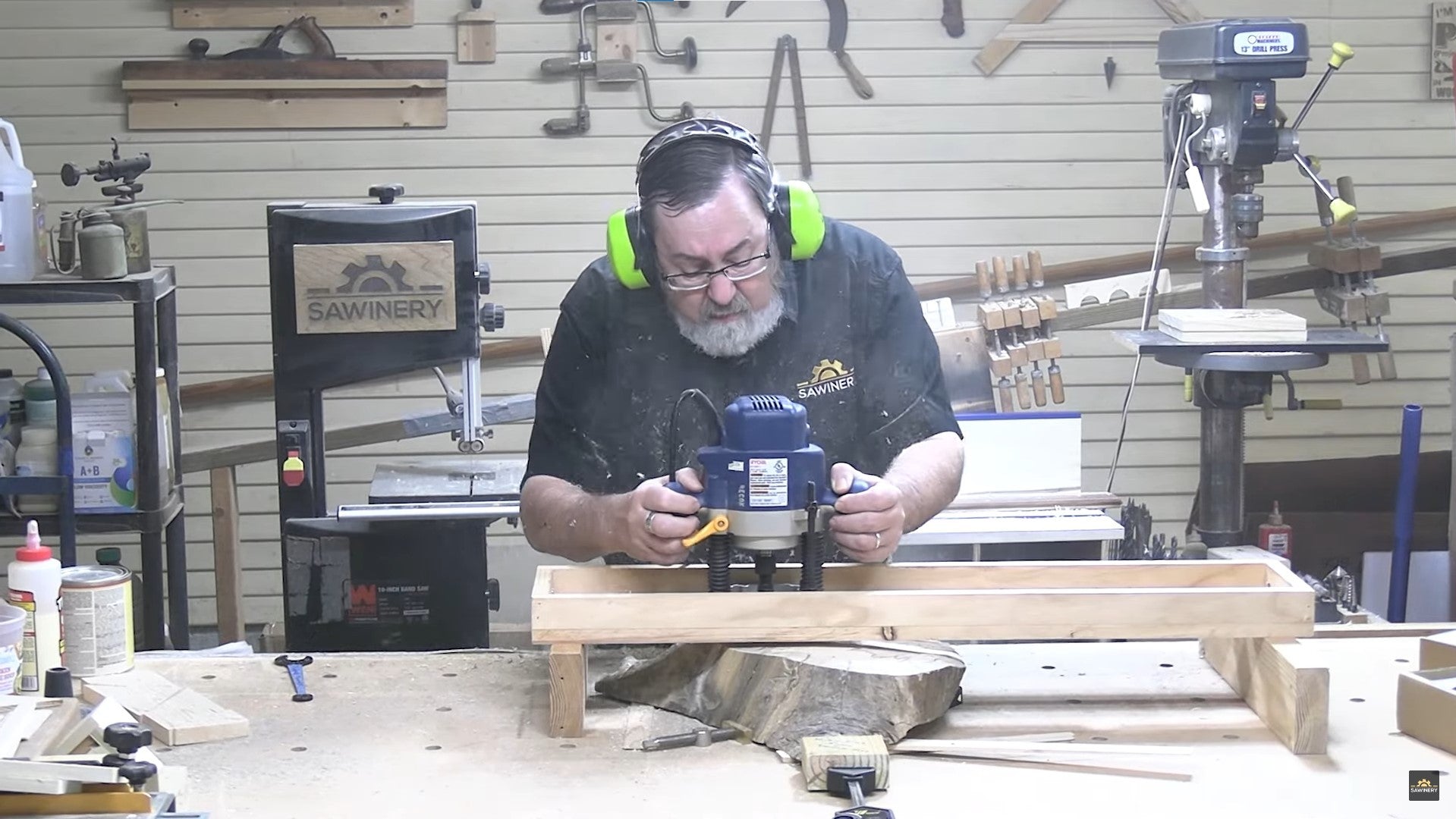
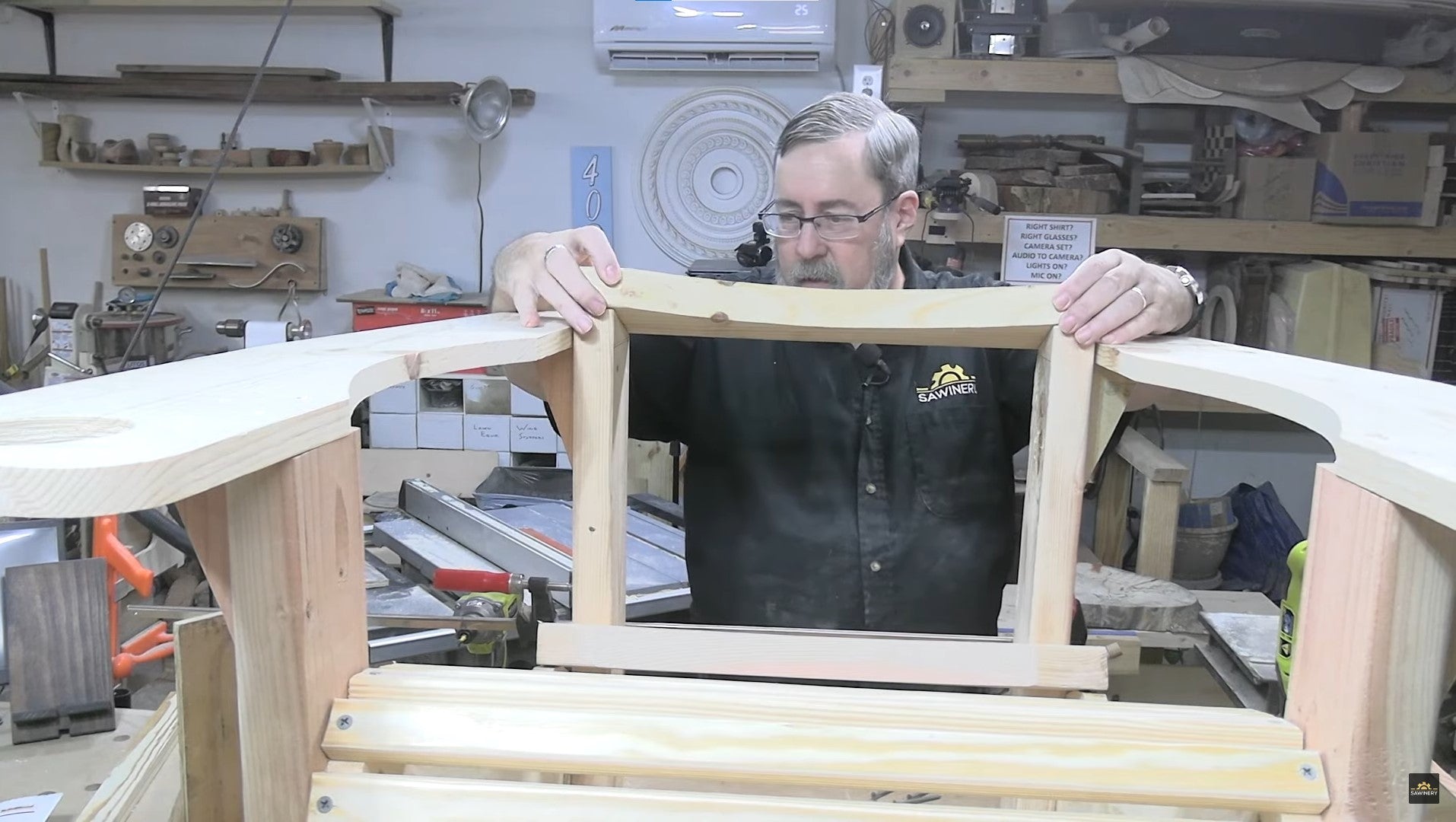
Looking for more woodworking tips?
Follow us on your preferred platform for exclusive woodworking tips:
-

55K
Subscribers
-

52K
Followers
-

46K
Followers



































